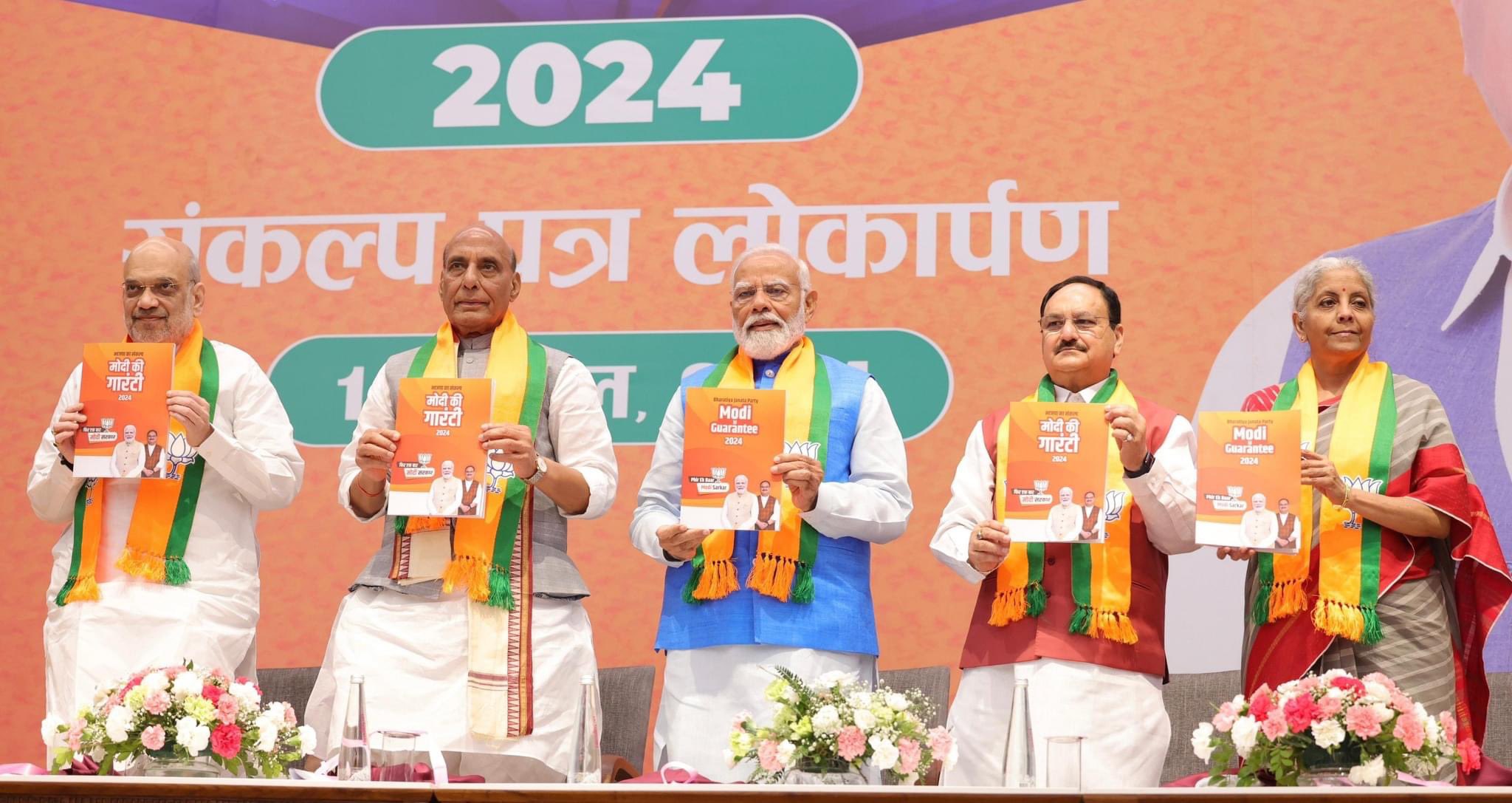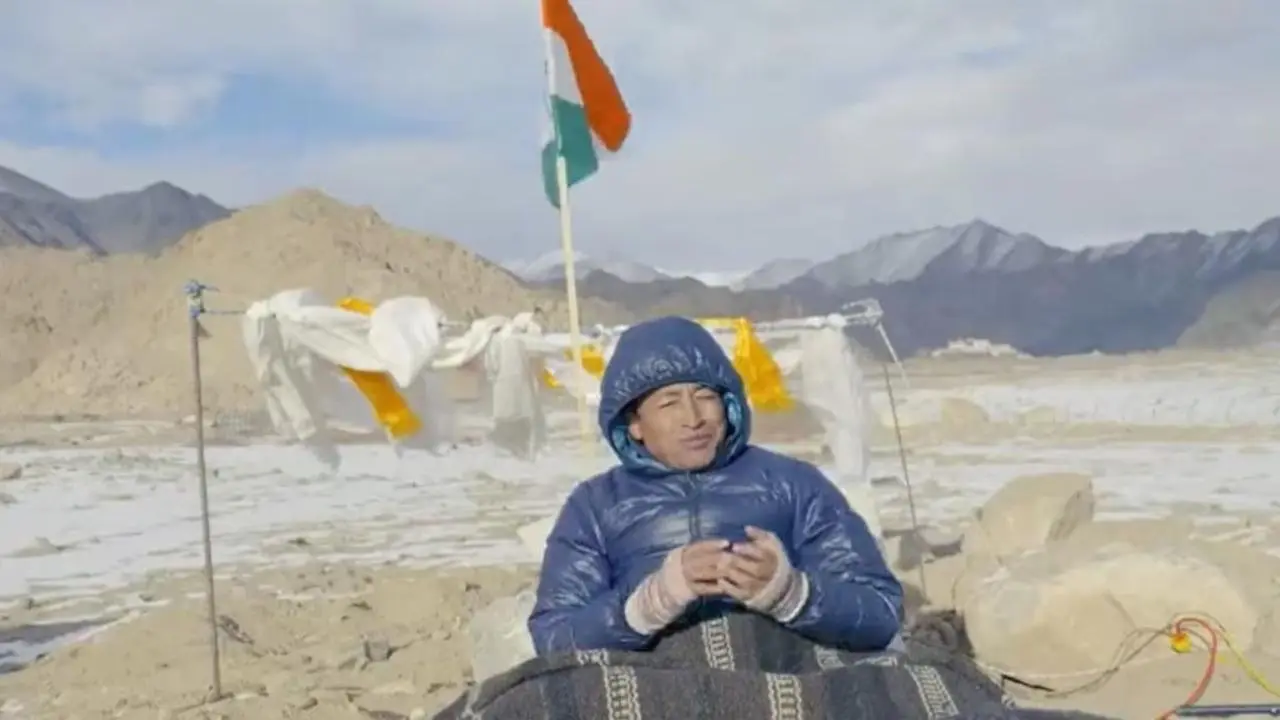Bhaskar Roy’s Fifty Year Road: A Personal History of India offers a captivating blend of personal anecdotes, political insights, and reflections on India’s socio-political landscape over the past five decades. This memoir, or to put it more aptly, a personal-political commentary, charts the country’s transformation from the mid-1960s to the present day, offering readers a unique perspective that marries personal experiences with broader political events.
Fifty Year Road: What the book gets right
One of the book’s standout qualities is how Roy weaves personal experiences with major political events, making the national feel personal. For instance, the author recounts his experiences during Indira Gandhi’s Emergency in 1975, highlighting the chilling impact of censorship and the curbing of civil liberties. These personal recollections add depth to historical events, making them more relatable and engaging. The writing is also marked by Roy’s political consciousness, which helps readers see history through the lens of an everyday citizen who also harbours a deep awareness of the forces shaping the country.
The Fifty Year Road excels at providing insights into India’s political dynamics. Roy dives into key moments such as the rise of the Janata Party, Operation Blue Star, and the economic liberalisation of 1991, connecting each to the country’s socio-economic fabric. His analysis of economic liberalisation under Manmohan Singh, for example, paints a nuanced picture of the opportunities and challenges this shift brought to India, especially from the perspective of someone who lived through the transition.
Roy’s reflections on India’s foreign policy, particularly regarding the US and China, are astute. He notes how India’s non-alignment policy gave way to more pragmatic engagements, highlighting the Indo-US relationship‘s evolution over the decades. However, his dissection of India’s foreign relations is not academic but rather personal, which some might find more relatable as it adds a refreshing layer to this oft-explored topic.
What didn’t work for me
While the breadth of Roy’s observations is commendable, the book sometimes feels like it tries to cover too much. By spanning five decades and various political, social, and cultural shifts, certain chapters may leave readers wanting more depth on specific topics, especially in subjects related to foreign relations. For example, his brief foray into India’s technological revolution is insightful but feels rushed compared to the more detailed sections on the Emergency or India’s economic reforms. Readers who expect a deep dive into any one period might feel slightly overwhelmed by the rapid shifts between topics and timelines.
Another point of critique lies in the narrative flow. I found the non-linear storytelling—jumping between different decades—difficult to grapple with, and I assume it would be the same for readers unfamiliar with India’s political timeline to follow along. While this structure works for seasoned readers of Indian political history, newcomers might find the transitions a bit jarring.
Read more: Mastering the art of snooze: Review of ‘Nobody’s Sleeping’
For Bhaskar Roy the personal is political
A key theme running through Fifty Year Road is Roy’s focus on leadership, especially on the role of individuals like Indira Gandhi, Rajiv Gandhi, and Narendra Modi in shaping India’s destiny. His critique of Indira Gandhi’s authoritarian tendencies during the Emergency era is poignant, especially as he ties it to broader global movements against dictatorship. On the flip side, his nuanced take on Narendra Modi is surprisingly balanced—Roy acknowledges both the charisma and controversies that have marked Modi’s tenure, such as the economic reforms and the rise of Hindutva politics.
Perhaps the most interesting part of Roy’s leadership discussion is his comparison between different leaders across time. By looking at figures such as Manmohan Singh, Atal Bihari Vajpayee, and Narendra Modi, Roy creates a layered reflection on how India’s political culture has evolved. The author doesn’t shy away from pointing out the ideological shifts in India’s political landscape, especially in terms of secularism versus nationalism, not patriotism but nationalism.
Bhaskar Roy’s Fifty Year Road is a fascinating read for anyone interested in the socio-political history of India. It blends personal narrative with historical analysis in a way that feels authentic and reflective. However, its ambition to cover so much in one volume sometimes dilutes the focus, making certain sections feel rushed or lacking depth. Despite this, the book is an invaluable contribution to understanding India’s complex journey over the last fifty years, offering readers a well-rounded, if occasionally uneven, perspective on the nation’s transformation.
For readers with an interest in India’s political history, Roy’s memoir offers thoughtful insights and an engaging narrative. For its unique combination of the personal and the political, Fifty Year Road remains a compelling and thought-provoking read.
For more details, check out the book ‘Fifty Year Road – A Personal History of India from the Mid-sixties Onward’ on Jaico Books and Amazon




